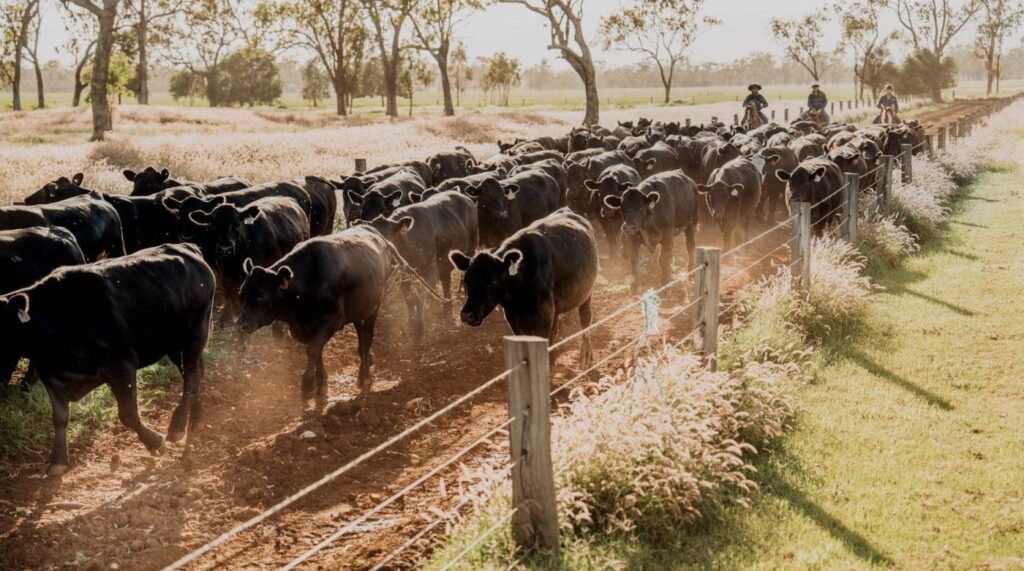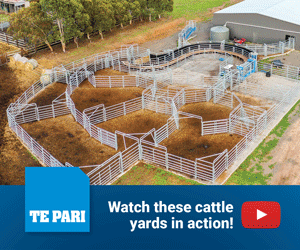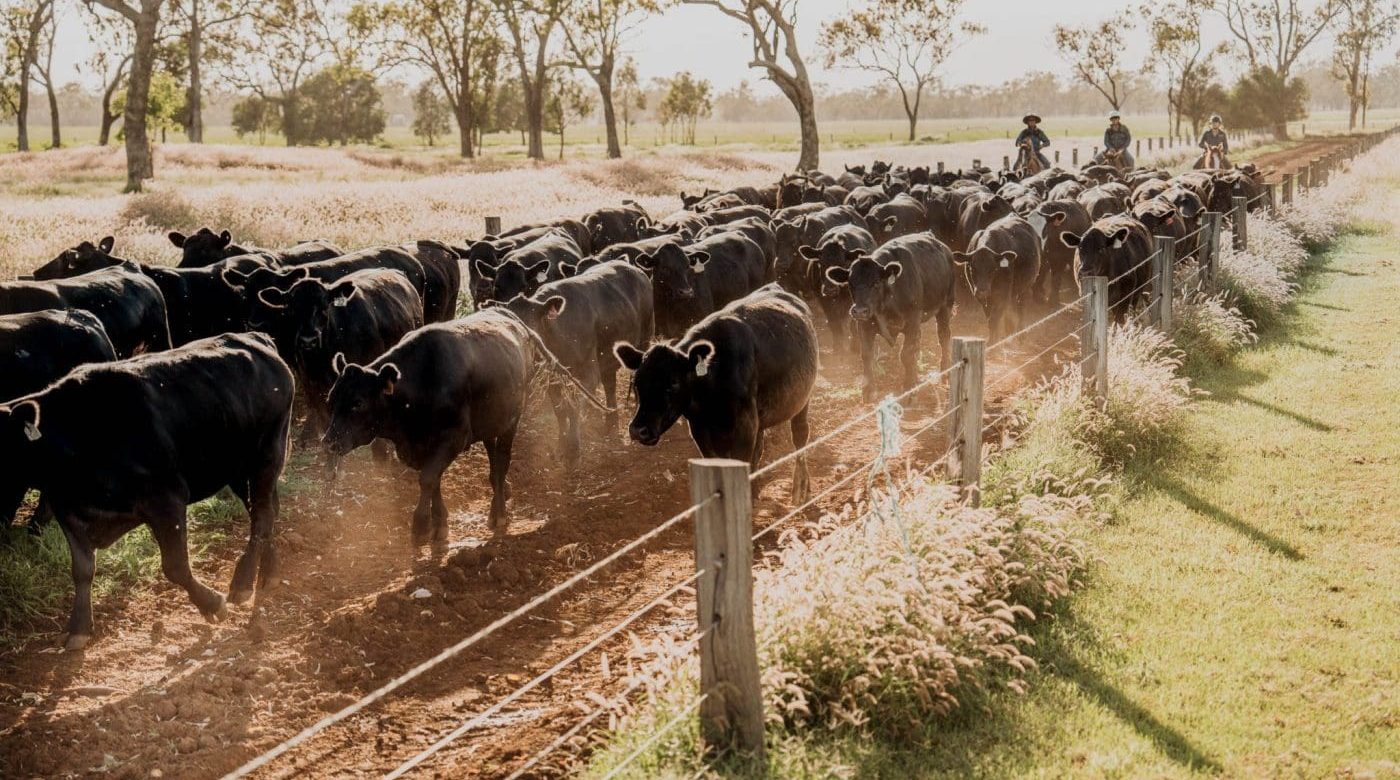
THE risks of single-trait selection are frequently discussed in the beef industry. Most producers know that focussing on one trait in isolation rarely delivers balanced outcomes, however there is a strong risk that single-trait selection still happens in many herds, often inadvertently.
Perhaps the most obvious example of this is the widespread focus on calving ease.
Reducing the risk of dystocia in heifers is a major priority for commercial beef breeders. This focus is often reinforced in sale catalogues where a bull’s merit is highlighted through low birth weights or high Calving Ease Direct figures.
Yet a narrow emphasis on birth weight or Calving Ease Direct can come at the expense of other important traits, particularly those that influence the long-term productivity of daughters retained in the herd.
 Data from the United States suggests that these imbalances are increasingly appearing across commercial herds.
Data from the United States suggests that these imbalances are increasingly appearing across commercial herds.
American beef genomics specialist Paige Pratt recently identified three trends that highlight the consequences of single-trait emphasis.
The first is the over-selection for Calving Ease (Direct); the reduction in average cow age within herds, and steadily increasing cow size.
This issue highlights how easily well-intended strategies can create unintended outcomes.
Selecting strongly for low birth weights and bulls that are “suitable for heifers” may reduce calving problems in the short term. However, data from the US recorded in Simmental cattle demonstrates that it also shifts growth patterns, reducing birth weights but influencing weaning and yearling weights.
However, these risks can be managed if breeders give equal weight to Calving Ease (Direct) and Calving Ease (Daughters).
Understanding differences
It is extremely important that producers understand the difference between these two breeding values. Calving Ease (Direct) describes the likelihood of a sire’s calves being born without difficulty, while Calving Ease (Daughters) reflects how easily his daughters will calve as first-lactation heifers.
When high-calving-ease sires are carried across into cow herds or when their daughters are retained without scrutiny, the result can be females with reduced calving ability, which erodes efficiency in self-replacing systems. BreedPlan recognises this by publishing both EBVs separately and advising producers to evaluate them together.
Declining cow age
The second trend noted in the US is a decline in average cow age.
The concern is that replacement heifers are often chosen for size and appearance rather than fertility and longevity, leading to herds with a younger age profile and higher turnover.
While the Australian industry does not publish national statistics on cow age trends, data from the CashCow project is informative. CashCow confirmed that reproductive performance is the primary driver of productivity in northern herds, with branding and weaning rates strongly linked to cow age, body condition, and phosphorus status.
The project also demonstrated that older cows that consistently reconceive contribute disproportionately to overall herd output.
Similarly, international data on ‘stayability’ traits (see earlier column on this topic) shows that daughters of high-ranking sires for longevity produce significantly more calves across their lifetime. This data highlight s that if fertility EBVs such as Days to Calving are not considered as part of selection, and if reasons for cow culling are not routinely recorded, herds may shift towards a younger age profile with higher replacement costs and lower lifetime productivity.
Lack of detailed records
A more subtle factor influencing herd age is the lack of detailed records on why cows leave the herd. Without information on whether departures are due to fertility, structure, temperament or other causes, it is difficult to identify patterns or design strategies that maintain a balanced age structure.
This absence of data makes replacement policies less efficient and undermines the opportunity to select for genuine longevity and fertility.
Bigger cows
The third trend from the US is the steady rise in mature cow size. Selection for higher 400-day and 600-day weights is positively correlated with Mature Cow Weight. While this delivers heavier progeny, it also increases feed demand.
In Australia, rising mature cow weights are evident across several breeds, driven by sustained selection for growth. Larger cows require more feed to maintain condition and reduce carrying capacity in environments where pasture resources are already constrained.
In southern production systems, heavier cows increase winter feeding costs, while in northern rangelands they reduce resilience when seasonal conditions deteriorate.
BreedPlan addresses this trade-off by publishing Mature Cow Weight EBVs and embedding feed cost weightings into selection indexes, but these are only useful if producers actively include them in their decision-making.
Balancing growth and mature size allow efficiency to be maintained, while ignoring mature cow weight risks exposing herds to higher costs when feed becomes limiting.
Taken together, these three trends illustrate the risks of allowing one or two headline traits to dominate selection.
Temptation
The temptation to focus on traits that are easily explained to buyers, such as birth weight or yearling growth, is understandable.
Sale catalogues and vendor presentations often highlight these figures because they are tangible and marketable. But if herds are built on these traits in isolation, the long-term consequences are can quickly become negative to a herd’s performance.
The separation of Calving Ease (Direct) and Calving Ease (Daughters) in BreedPlan, and the inclusion of Mature Cow Weight in selection indexes, all exist to help producers avoid these pitfalls.
The US discussion is a timely reminder that the risks of single-trait selection never fully disappear.
Even experienced breeders can be drawn to visible, measurable traits at the expense of those that take longer to express but are equally critical to profitability.
Australian herds are not immune to these pressures. The tools to maintain balance, EBVs, selection indexes, fertility recording, and structured replacement strategies are readily available.
However the challenge is to use these tools consistently and carefully, so that the pursuit of short-term gains does not come at the cost of long-term herd efficiency and productivity.

Alastair Rayner
Alastair Rayner is Principal of RaynerAg and an Extension & Engagement Consultant with the Agricultural Business Research Institute (ABRI). He has over 28 years’ experience advising beef producers and graziers across Australia. Alastair can be contacted here or through his website: www.raynerag.com.au

